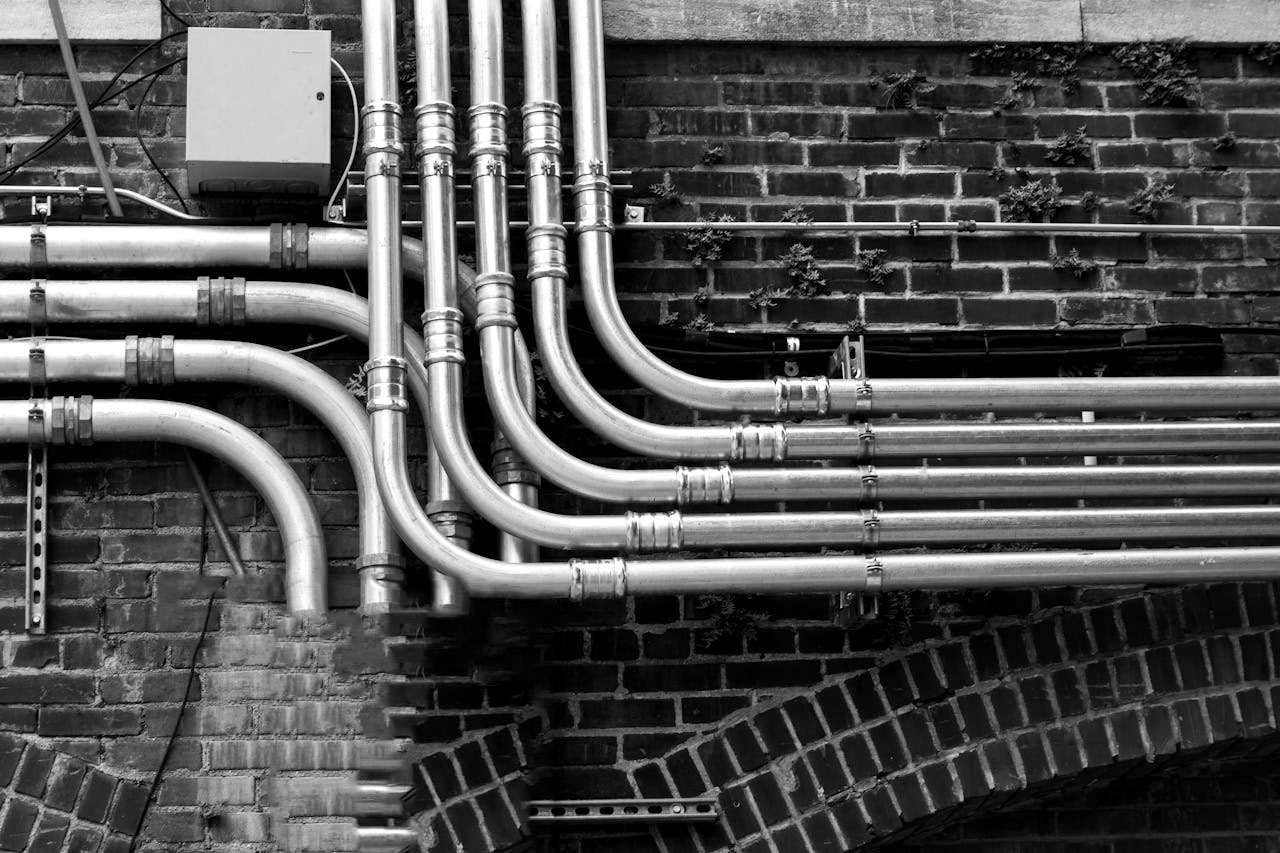Key Takeaways:
- An insightful examination of plumbing’s pivotal role in modern public health.
- Recognition of advancements that have shaped ethical plumbing practices.
- Understanding the environmental impact and the sustainable future of plumbing.
- Practical knowledge of homeowners and the community’s role in improving plumbing quality.
Table of Contents:
- Understanding the Impact of Plumbing on Public Health
- Plumbing Maintenance and Its Importance in Public Spaces
- Plumbing Standards and Regulations Enhancing Safety
- The Innovations in Plumbing That Promote Sanitation
- The Environmental and Public Health Synergy
- Challenges Facing Plumbing Infrastructure Globally
- Plumbing in Emergencies: The Unsung Hero
- The Importance of Plumbing Education for Homeowners
- The Future of Plumbing and Health Innovations
- How Consumers Can Advocate for Better Plumbing Practices
Understanding the Impact of Plumbing on Public Health
Nothing bears more significance in public health than clean water and proper waste disposal. Modern civilization owes a considerable debt to plumbing, a silent guardian standing between society and the proliferation of disease. Plumbing’s success story is a tapestry woven with battles against contagions and a historical journey from the aqueducts to high-efficiency toilets. Analyzing this impact through history’s lens, one sees the synchronization of plumbing progress with reductions in waterborne diseases. Comprehensive sanitation infrastructure—clean water delivery and waste removal—is a hallmark of developed societies and is directly tied to the prosperity and health of its citizens.
Plumbing Maintenance and Its Importance in Public Spaces
Routine maintenance of plumbing systems by a professional plumber is a fundamental practice extending well beyond our homes’ cozy confines. Public venues, where the turnover of visitors can be astronomical, are hotspots for the spread of germs. Meticulous attention to maintaining faucets, toilets, and all manners of sanitary fixtures is a safeguard, a crucial buffer protecting the masses from an unseen microbial invasion. Periodic professional assessments can mitigate risks, translate into measured interventions, and ensure that communal spaces remain hygienic bastions for inhabitants and guests alike.
Plumbing Standards and Regulations Enhancing Safety
Behind the walls and beneath the streets, a complex network of pipes ensures the well-being of city inhabitants. This immense responsibility is safeguarded by meticulous building codes and regulations that preserve the integrity of drinking water and manage waste efficiently. Tradespeople, exceptionally certified plumbers, bear the torch, upholding the barriers that keep our water pure and our environment clean. They’re the unsung heroes endorsed by strict training requirements and regulations to match, guaranteeing that every twist of a wrench fortifies the fort against microorganisms lurking in unseen droplets, as depicted in the comprehensive guidelines of the EPA’s Safe Drinking Water Act.
The Innovations in Plumbing That Promote Sanitation
Contemporary times have witnessed the advent of pioneering plumbing technologies that do more than just transport water. These innovations range from filtration systems that purify water at the molecular level to intelligent, hands-free fixtures that combat cross-contamination. Technology integration has catapulted plumbing from its traditional role into a dynamic force combating pathogens. Creative solutions such as recirculating showers and greywater recycling are setting new benchmarks, illustrating innovation’s potency in championing conservation and hygiene.
The Environmental and Public Health Synergy
Humanity’s health is inextricably linked to our environment; this nexus is where efficient plumbing systems play their part. Modern plumbing does more than protect from disease—it harbors the potential to conserve water and diminish the strain on sewage treatment, thereby preserving our natural resources. The forward march towards environmentally friendly plumbing is not just a stride towards sustainability but a leap for public health, a dual benefit underscored by the symbiosis of people and planet, and it is this vital relationship that underscores the promise carried by the advancements in eco-friendly plumbing.
Challenges Facing Plumbing Infrastructure Globally
Despite the strides made in affluent communities, a stark contrast remains in plumbing standards across different global regions. In numerous parts of the world, rudimentary or non-existent sanitation systems contribute to enduring public health crises. Efforts towards global parity in plumbing infrastructure are marked by aid, policy change, and technology transfer—endeavors to lift the burden of waterborne illnesses. Climate change compounds these challenges, threatening to disrupt even the most robust systems with unprecedented weather events, thus intensifying the urgency for resilient plumbing solutions, a topic thoroughly examined in the CDC’s Global WASH-Related Diseases and Contaminants.
Plumbing in Emergencies: The Unsung Hero
When disaster strikes, be it a flood, earthquake, or another natural calamity, the essentiality of operational plumbing systems swiftly comes to the forefront. The resilience of a community’s plumbing infrastructure can significantly affect its ability to recover from such adversity. In the face of emergent needs, skilled plumbers often work tirelessly to restore access to clean water and ensure sanitation, averting potential health catastrophes in the aftermath of disaster. Moreover, well-established emergency management plans that include plumbing readiness can be the difference between a quick recovery and prolonged hardship.
The Importance of Plumbing Education for Homeowners
The onus of plumbing knowledge should not rest solely on professionals; homeowners, too, can benefit immensely from a foundational understanding of their dwelling’s plumbing systems. Comprehending basic principles such as how to turn off the main water supply, fix minor leaks, or prevent pipe freezing can prevent property damage and health concerns. Educational initiatives and easily accessible resources are essential, empowering residents to take preemptive actions that ensure their homes remain safe havens.
The Future of Plumbing and Health Innovations
Peering into the future, one envisages a world where plumbing reaches zeniths of health and efficiency. The trajectory of continual improvement paves the way for novel materials and intelligent systems that could dramatically shift the health paradigm within our abodes. Collaborative efforts spanning continents are driving innovations that could see the eradication of legionella from our showers or the removal of hormones from our wastewater, promising a healthier future for all inhabitants of this blue planet.
How Consumers Can Advocate for Better Plumbing Practices
Ultimately, the betterment of plumbing standards and practices rests, in part, with the consumer. The collective voice of individuals can spur change and raise the bar on quality. Stewardship, mindfulness about water use, and proactive community participation can embolden more robust plumbing systems. As awareness rises, so does the chorus calling for improved, more sustainable plumbing solutions—a reality that stands to benefit our collective health for generations to come, as supported by the WHO’s Drinking Water Fact Sheet.









Leave a Reply